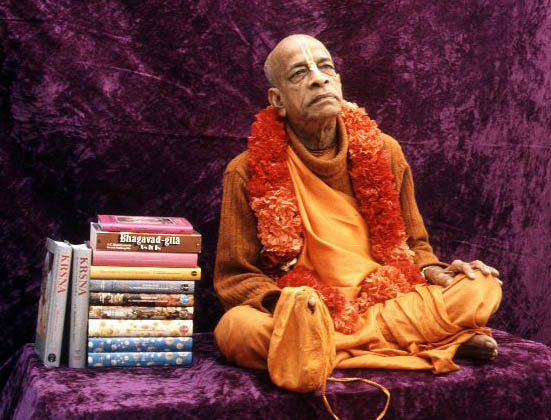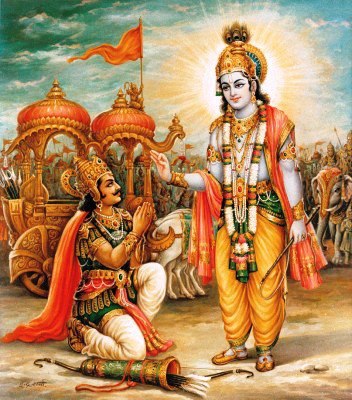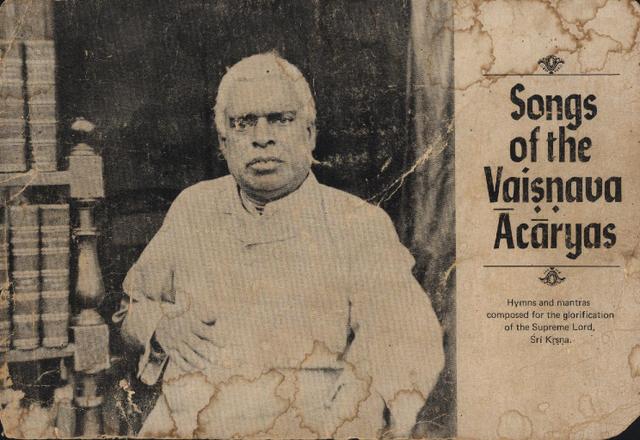EDITORIAL
BY LOCANANANDA DAS – 11-01-04
While planning to print the unabridged version of the Bhagavad-gita, Srila Prabhupada often referred to it as the revised and enlarged edition. When the BBT published its unauthorized adulterated Gita years later, they would henceforward refer to the 1972 printing as the original edition while calling theirs the revised and enlarged edition. This appears to be a subtle act of deception meant to validate the irreverent practice of changing Srila Prabhupada’s Books.
The remainder of this article will focus mainly on the Bhagavad-gita As It Is, which contains the essence of Vaishnava philosophy. Srila Prabhupada said that the Krishna consciousness movement is genuine, historically authorized, natural and transcendental due to its being based on the Bhagavad-gita As It Is. It was his conviction that the entire human society could embrace one God, Krishna, and live harmoniously by practicing one religion, devotional service to God, by chanting one mantra, the Hare Krishna Maha Mantra, and by following one scripture, the Bhagavad-gita As It Is. Because the Bhagavad-gita is so vitally important to the spreading of Krishna consciousness, the adverse effect of changing its original wording without the approval of the Acharya can hardly be estimated.
Continue reading





